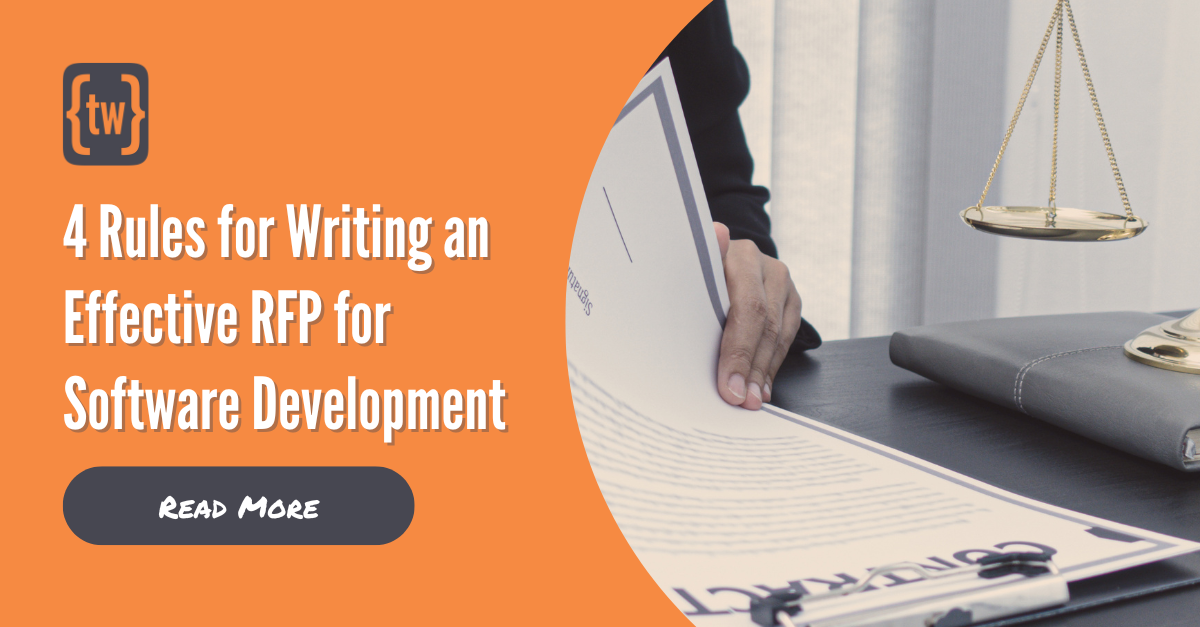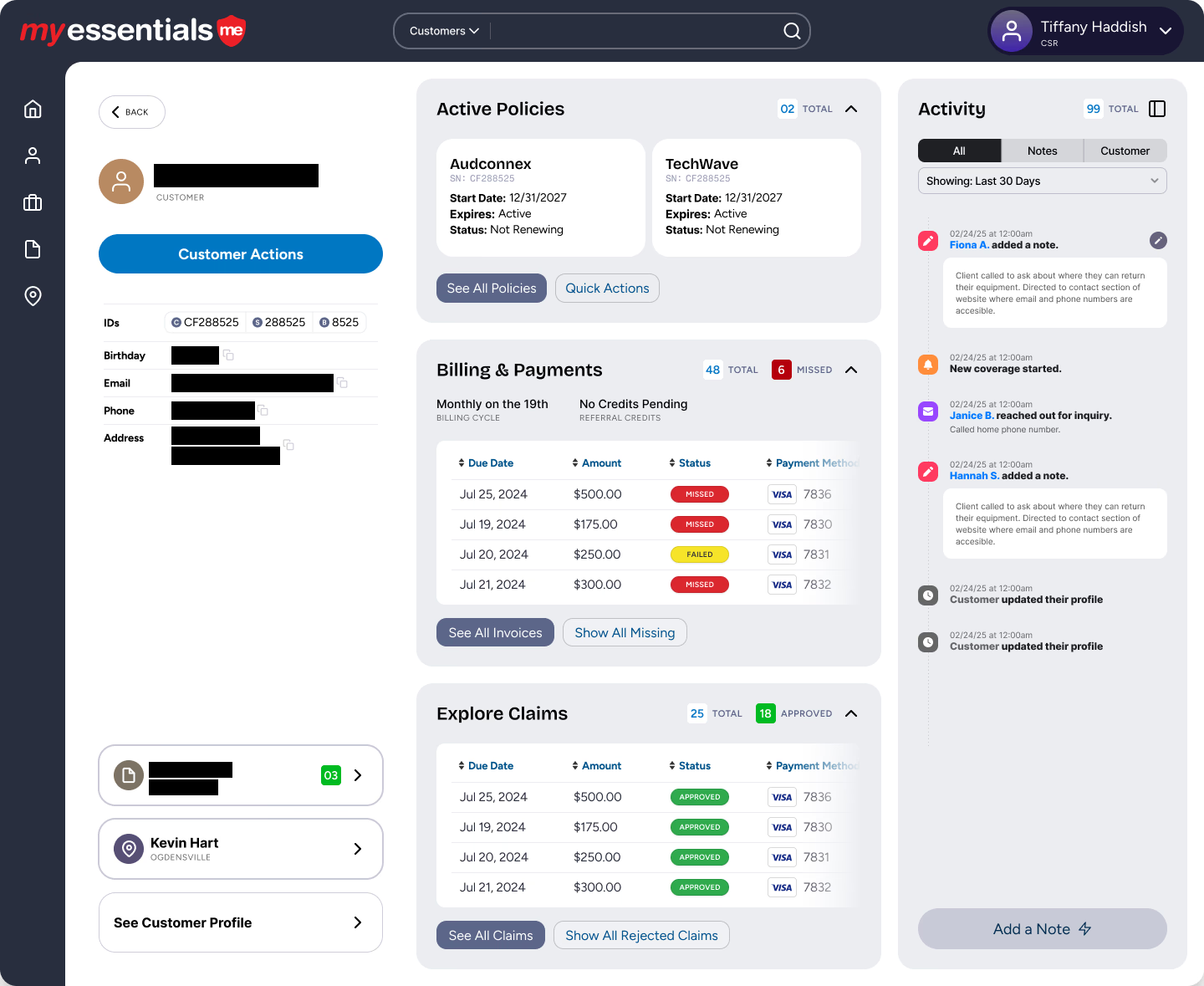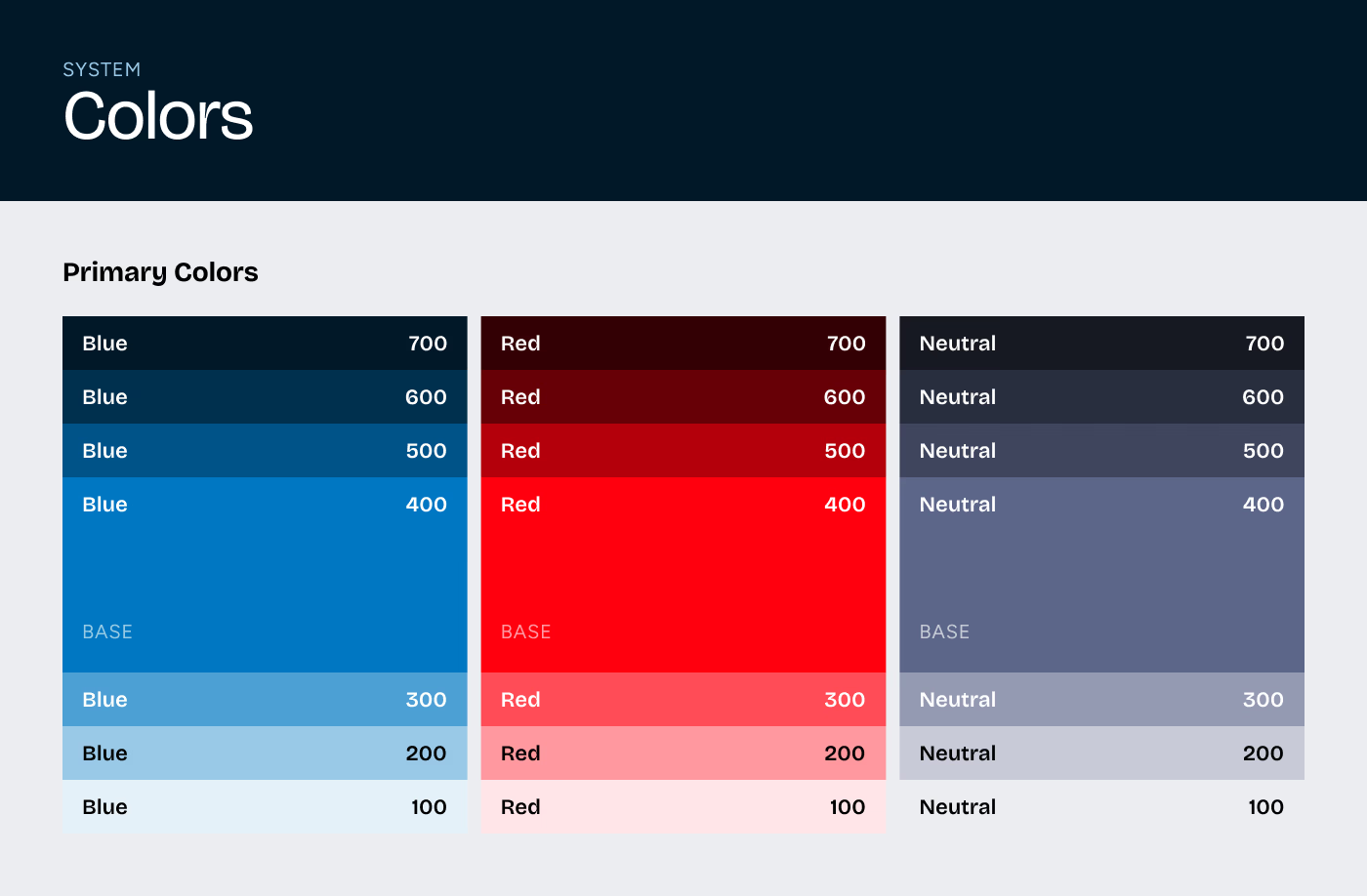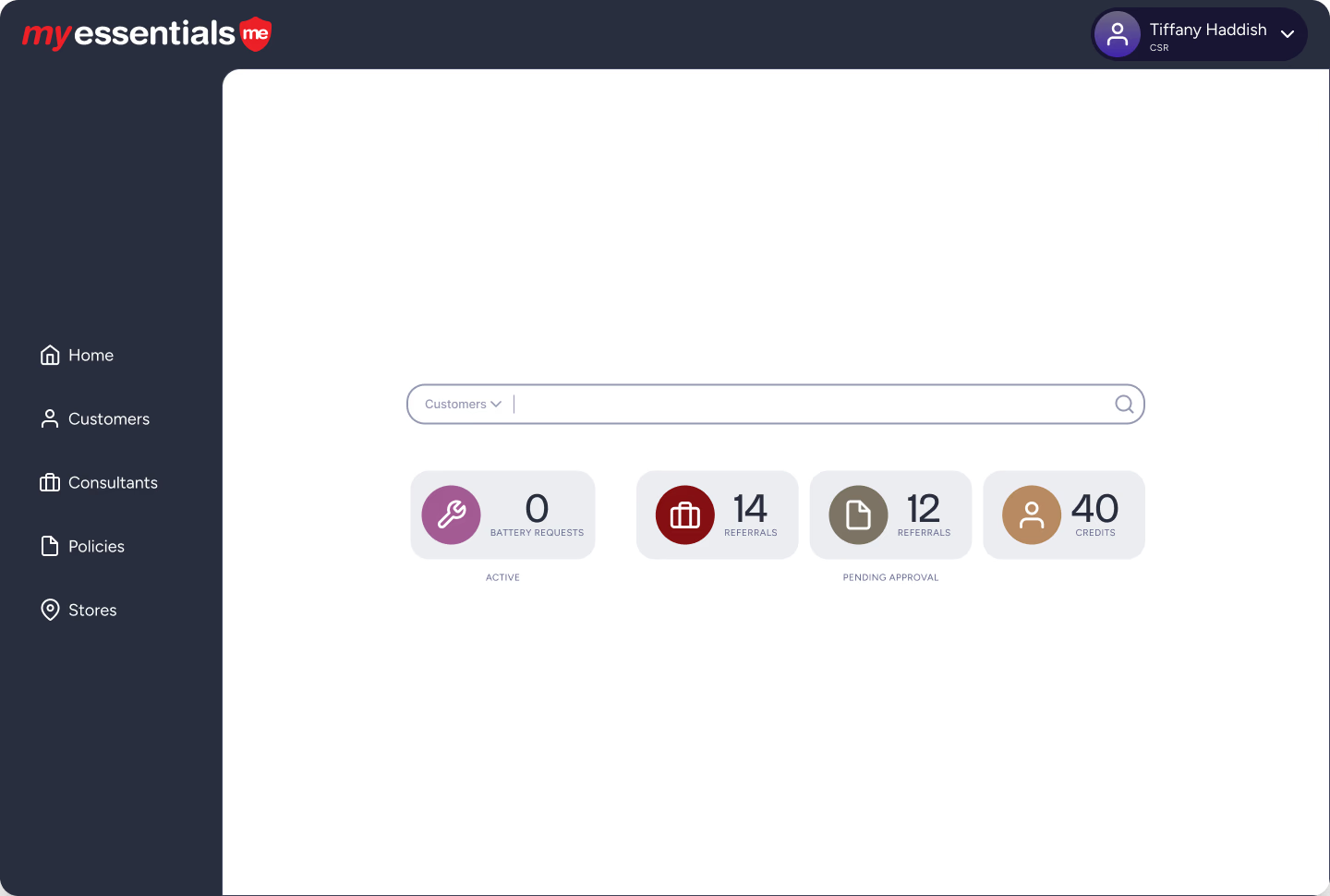Craft a winning RFP for software development with 4 essential rules. Download our exclusive template and pave the way for a successful partnership.
In the ever-evolving landscape of technology, making informed decisions about software development is crucial for the success of any business. As IT and technology decision-makers, navigating the process of selecting the right software development partner can be a challenging task. One indispensable tool in this journey is a well-crafted Request for Proposal (RFP). In this blog post, we'll share 4 rules to create an effective RFP that will pave the way for a successful partnership with a software development company.
Download Now: Software Development RFP Template
What is the Importance of a Robust RFP?
The RFP serves as a blueprint for your software development project, providing potential vendors with a comprehensive overview of your requirements, expectations, and business objectives. A well-prepared RFP not only facilitates a smoother selection process but also ensures that you find a development partner aligned with your vision and goals.
Rule # 1 - Include ALL Key Components of a Comprehensive RFP
Executive Summary: Here you will introduce your organization and the purpose of the RFP. Provide a brief overview of your company's background and objectives for the system.
Project Overview: Define the goals and scope of the software development project. Clearly outline the problem you intend to solve with the new software.
Technical and Infrastructure Requirements: Detail the technical specifications and functionalities required. Specify any integrations with existing systems or third-party tools. Are services like analysis, quality assurance, data migration, and data security important to success? Add them in. Do not include any requirements that are not really needed but add complexity to the proposed solutions that will drive up the cost unexpectedly
Budget and Timeline: Clearly define your budget constraints and expectations. Outline the project timeline and any critical milestones.
Qualification Criteria: Clearly state the criteria that vendors must meet to be considered. Include information on experience, expertise, and relevant past projects.
Proposal Evaluation Process: Outline the criteria and process you will use to evaluate proposals. Specify key decision-makers and their roles in the selection process.
Rule # 2 - Use our Software Development RFP Template
Using our experience responding to RFPs (The good, the bad, and the confusing) we've prepared, an RFP template for software development to assist you in this crucial process further. This template is designed to save you time and effort while ensuring you cover all your project's essential aspects. This template includes all the things our team loves to see in software development RFPs.
Download Our RFP for Software Development Template
By leveraging this template, you can expedite the RFP creation process, streamline vendor selection, and set the stage for a successful software development partnership.
Rule # 3 - Be Upfront About the Budget
What is my budget for software? How soon do I need the new software? Do the business goals align with the project scope? Being upfront and clear about your budget allows you to filter out some development partners that may be out of your price range and more importantly, further identifies the ideal software vendor or partner. Speaking of vendors, sometimes you may find that based on your budget, you’re better off purchasing off-the-shelf softwareor starting a Custom Off the Shelf (COTS) allowing you to modify it as your own.
Rule # 4 - Set limits and requirements for your RFP
You have a full-time job to worry about and some RFP responses can be several pages long. Imagine having to read through 100s of RFPs while working on your full-time job. How effective would you be? Set a limit on the number of RFPs you will accept and limit the number of pages to something reasonable given your timeline for selection. We have responded to several RFPs in the past and have seen the pitfalls of a bad RFP.
Check out these 5 mistakes your CTO/CIO makes with their RFPs.
Conclusion
In the dynamic world of technology, making informed decisions is pivotal. Crafting a well-structured RFP for software development lays the groundwork for successful collaborations. Utilize our exclusive template to navigate the intricacies of the RFP process, saving valuable time and resources. Empower your organization to make confident decisions and embark on a software development journey that aligns seamlessly with your business objectives.
Download Our Exclusive RFP Template for Software Development



